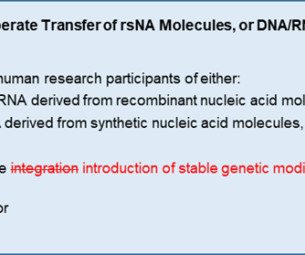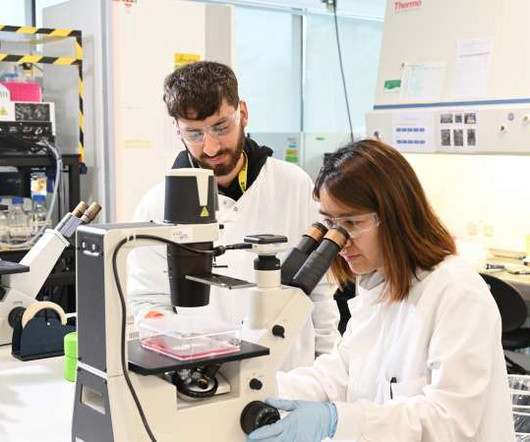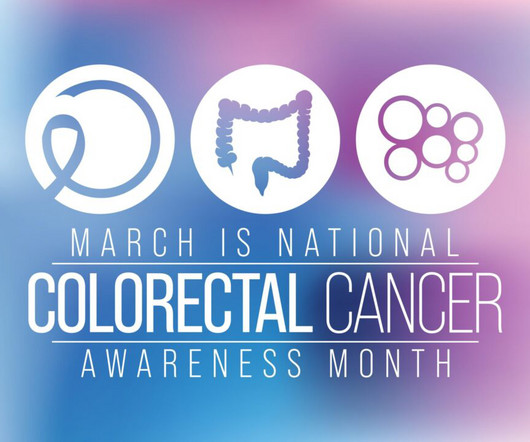How Potential Changes to the NIH Guidelines Could Impact IBC Review
WCG Clinical
NOVEMBER 17, 2023
Originally released in 1976, the NIH Guidelines for Research Involving Recombinant or Synthetic Nucleic Acid Molecules ( NIH Guidelines ) serve as the foundation of biosafety-focused oversight of research involving recombinant or synthetic nucleic acids (rsNA). Since then, however, certain genetic engineering technologies (e.g.,















Let's personalize your content